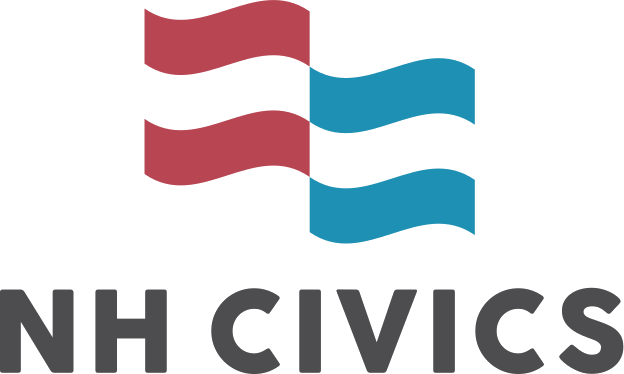Empowering Connected Citizenship
Lesson Goal(s):
Engage in active political dialogue by investigating the process by which bills become law and writing a letter to a representative about a bill.
Essential Question(s):
Lesson Plan:
- Begin with a review of the three branches of government: have students, in their notebook or another piece of paper, identify the branches and the role of each branch.
- Have students share out their answers on the three branches of government review.
- Focus the class’s attention on the issue of legislation. (i.e. where to laws come from? who can propose a law? how are citizens involved in the process?)
- Introduce students to the task of reviewing current bills, identifying and researching a bill, and writing a letter to their representative expressing their viewpoint.
- Using desktop computers, laptops, or tablets, direct students on how to locate a bill using the Quick Bill search and how to find contact information for an elected official.
- Once students have familiarized themselves with the webpage allow time for the students to review different bills. To ensure that students meaningfully engage with this task have students complete a research card for ten different bills – for this research card they should identify the “name” of bill they looked at and summarize the goal(s) of the bill.
- After students have had an opportunity to look at ten different bills they should be prompted to select one bill that is of particular interest to them. They should then research this bill in detail – identifying not only what the purpose of the bill is but who does and does not support the bill, as well as their reasoning for supporting or not supporting it.
Assessment:
Students will write a letter to their elected representative sharing their view on the bill that they have researched. Whether or not students actually send the letter to the representative is up to the judgement of the teacher. It may be the case that the opportunity to mail a letter could be presented as a reward for particularly high quality work on the part of the student.The letter should be properly formatted and should address the following three areas in three paragraphs.
- The student’s understanding of the purpose of the bill.
- The arguments for and against the bill.
- The students argument for or against the bill – in particular the students should include the views of others, but also strive to develop their own, independent, opinion on the merits of the bill.
Supporting Material(s):
- Quick Bill search
- Find Your Representative
“Friendly and welcoming with great ideas to share and implement in our classrooms.”
Looking for more information?
Please contact us with any questions you may have about any of our programs or would like additional information.
